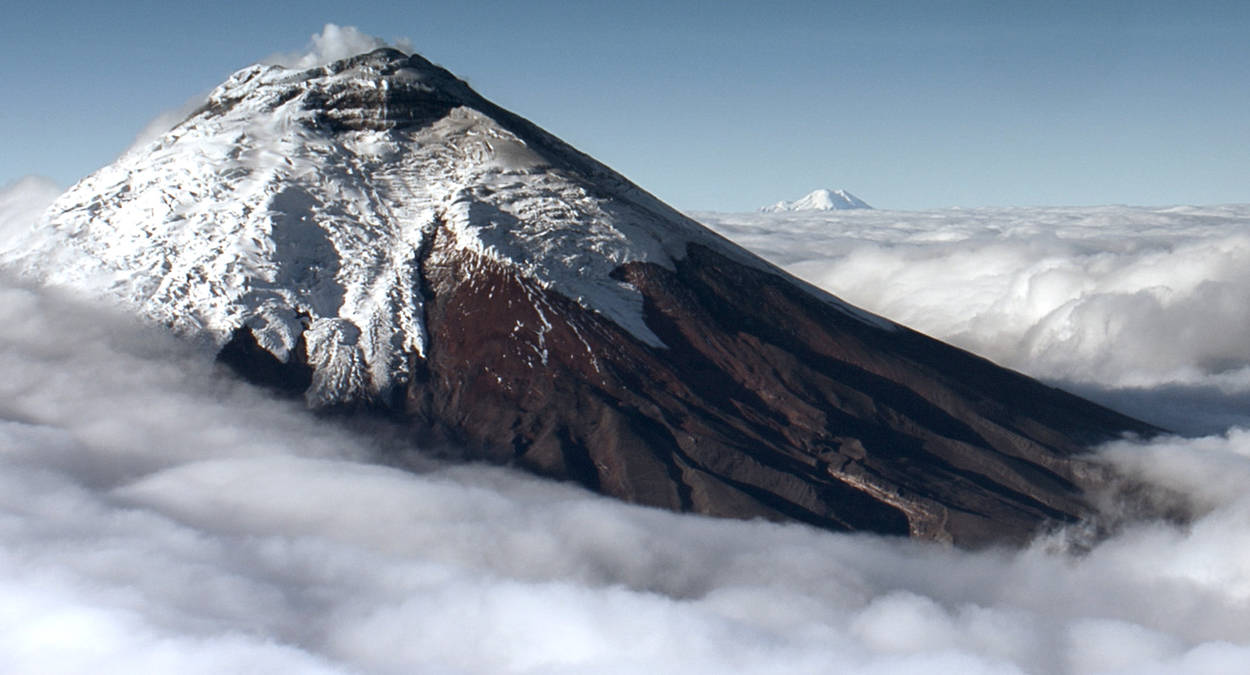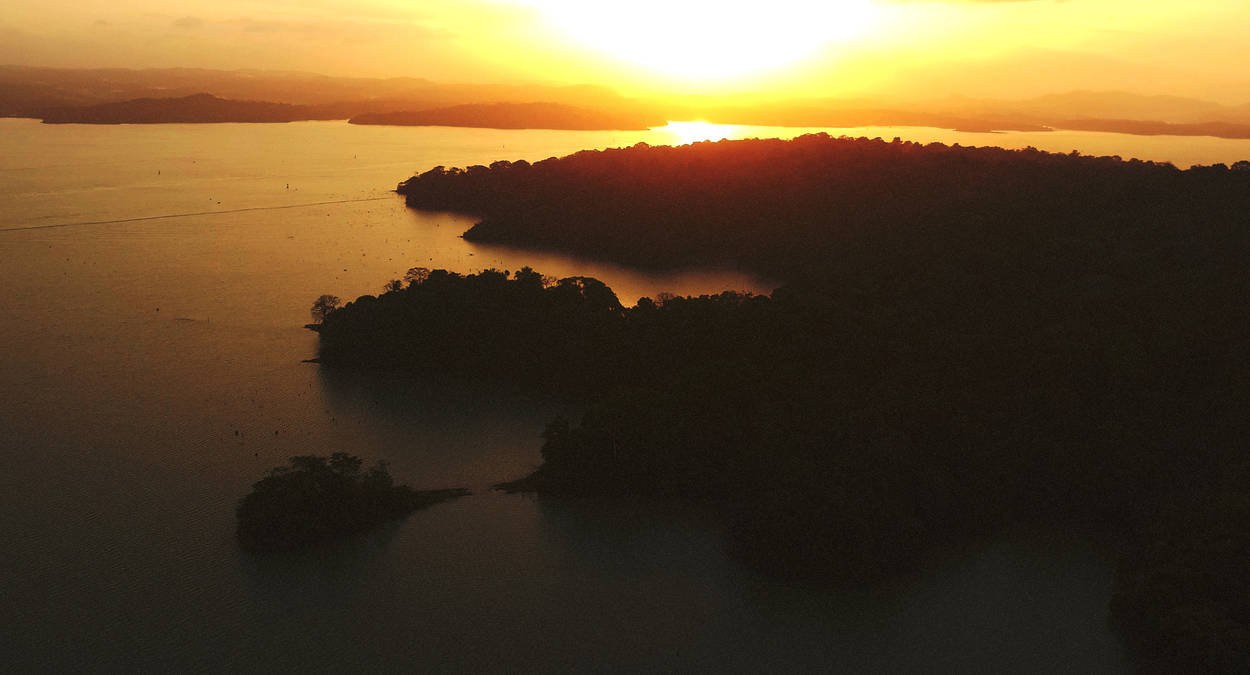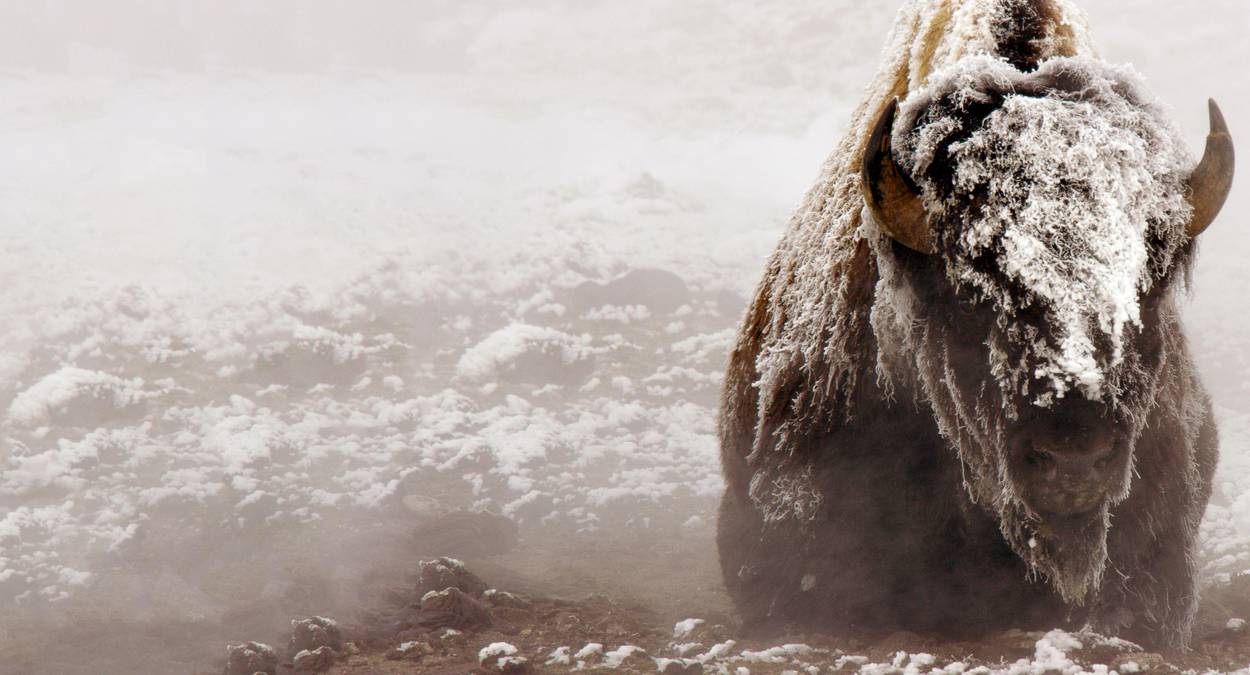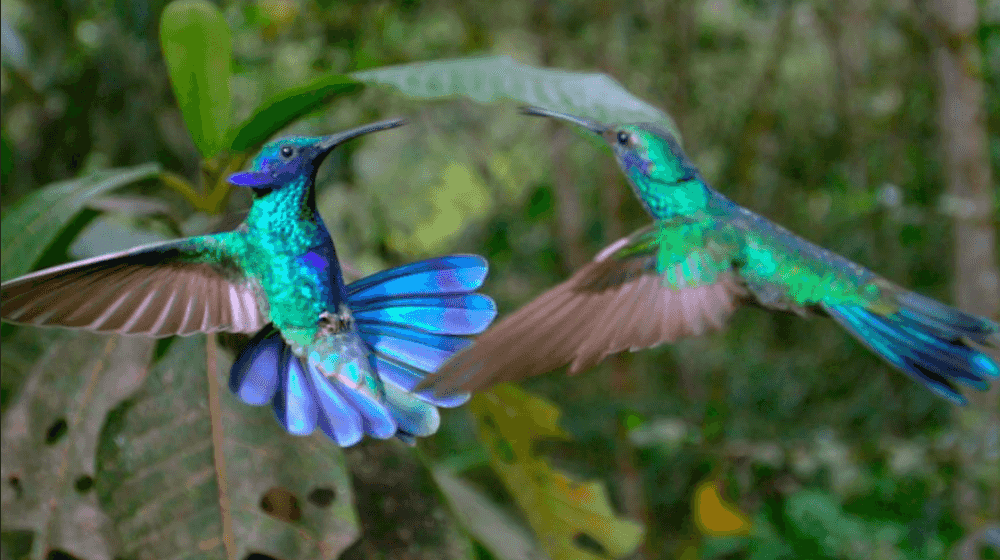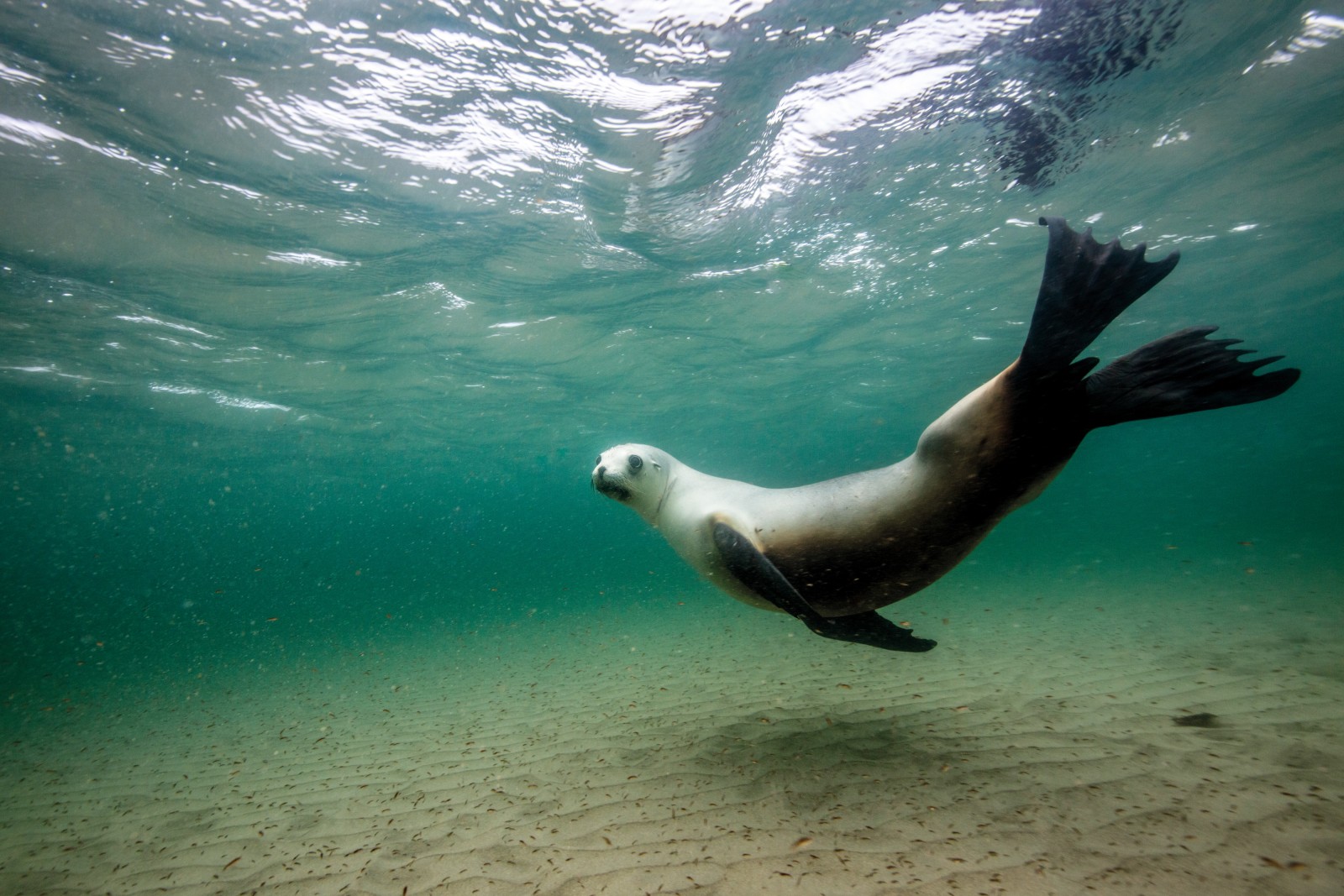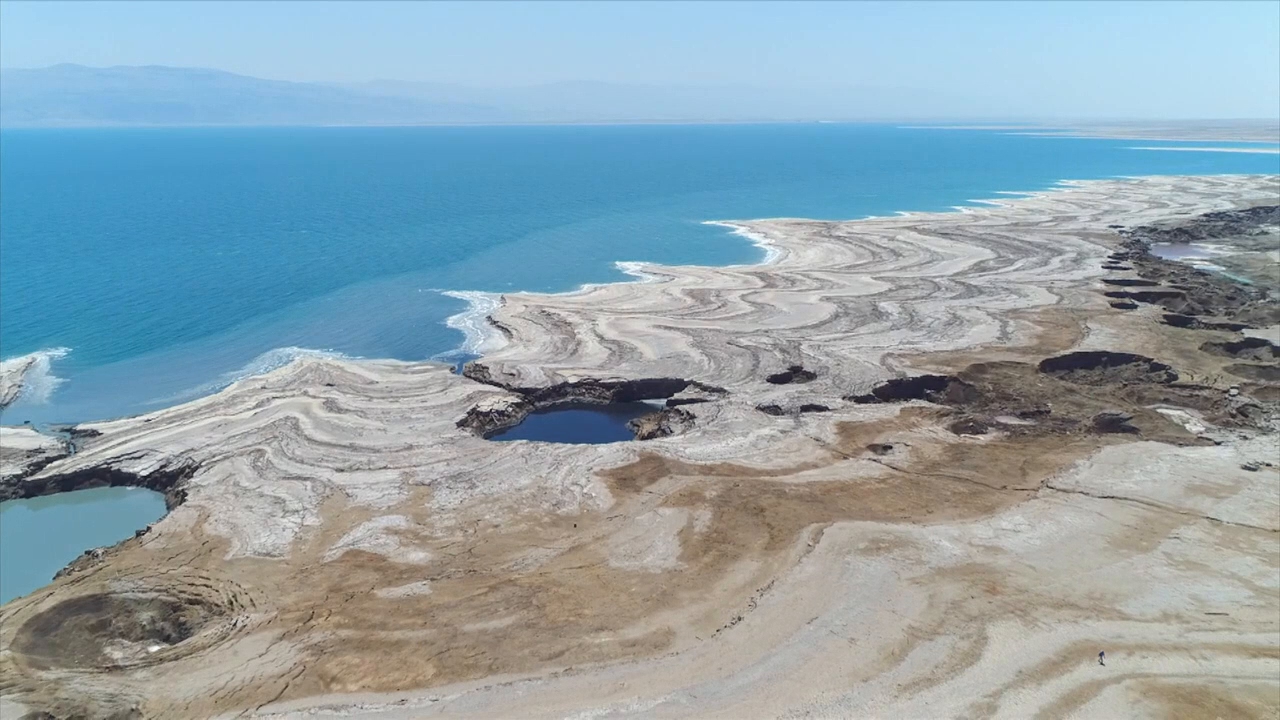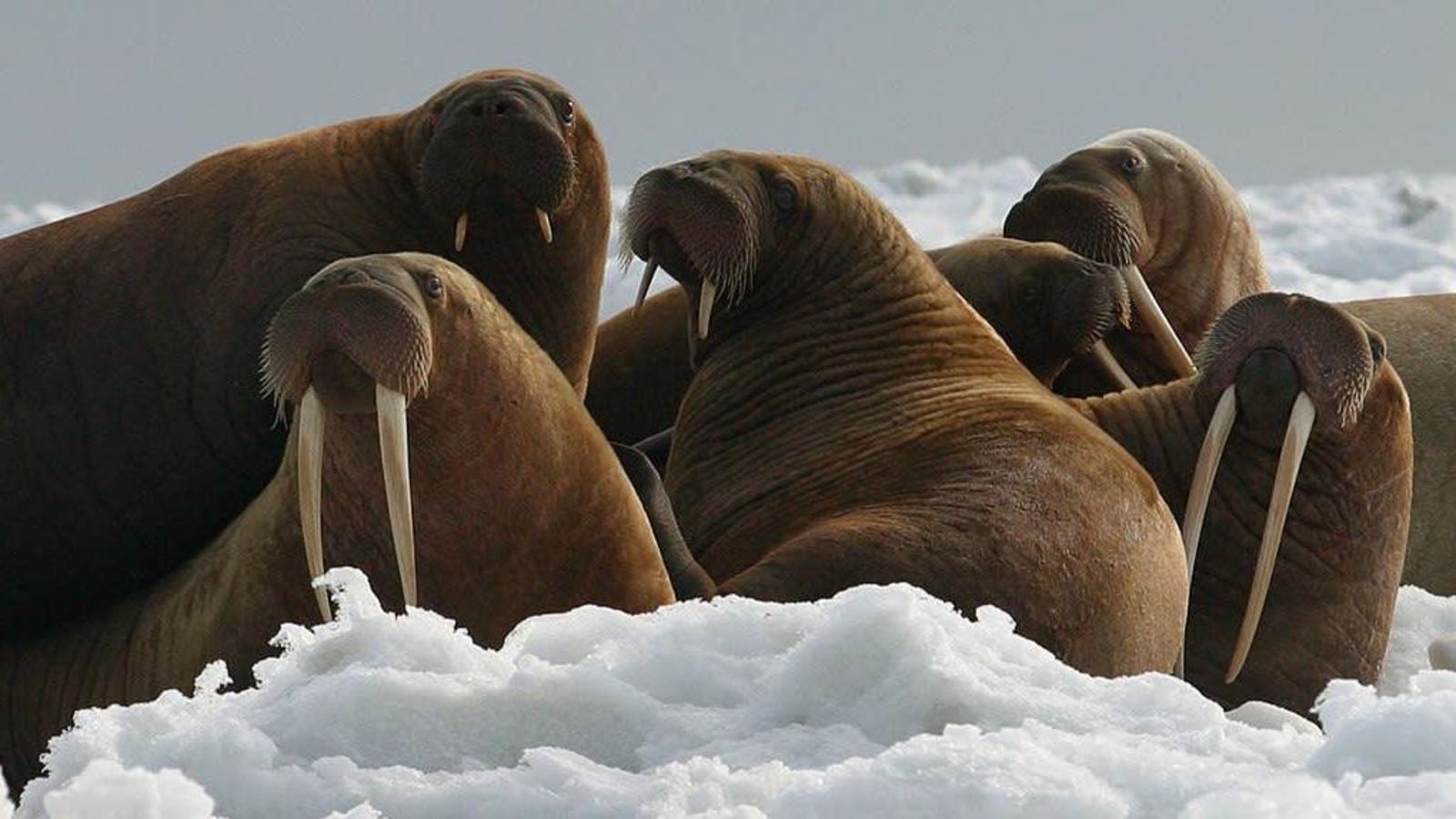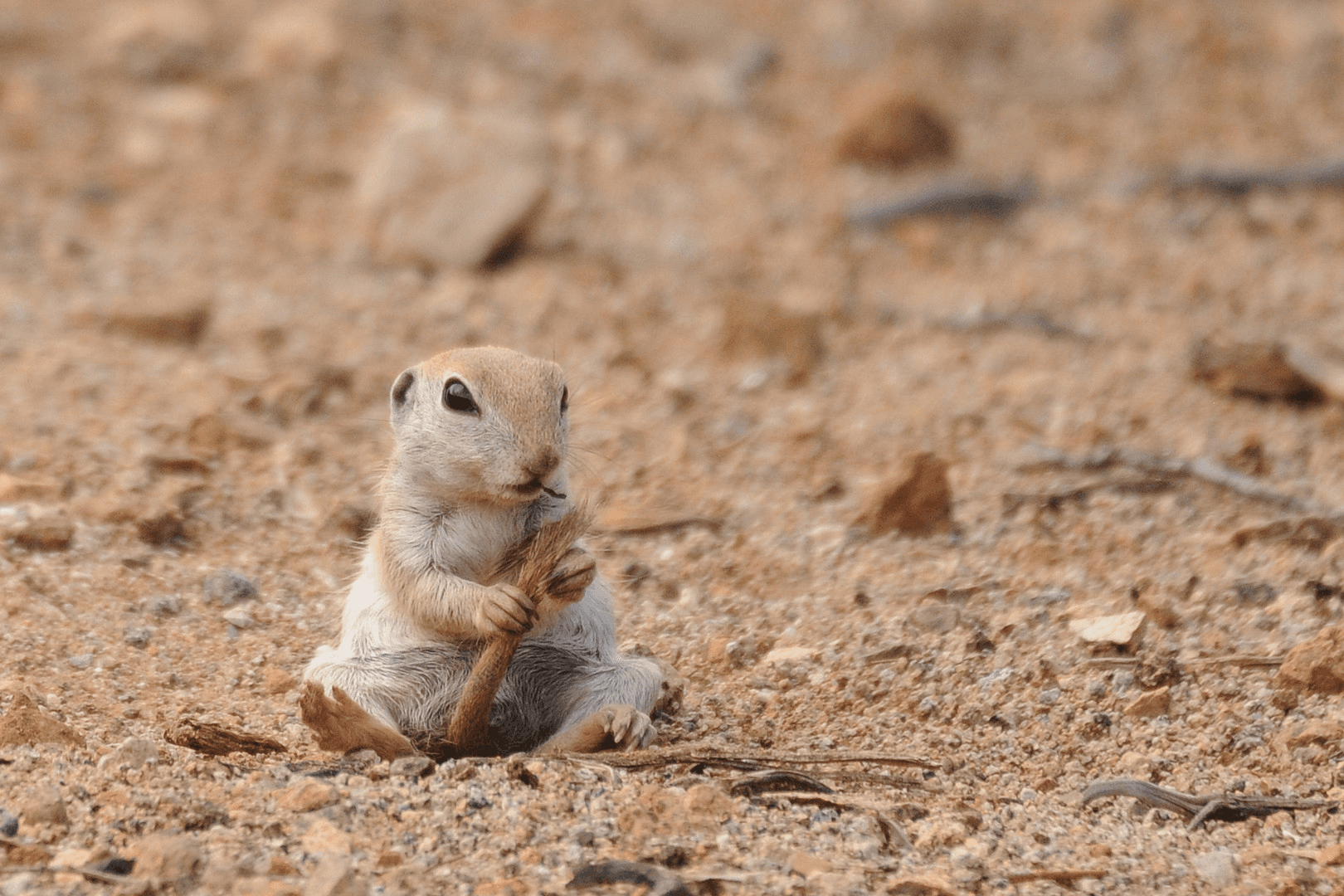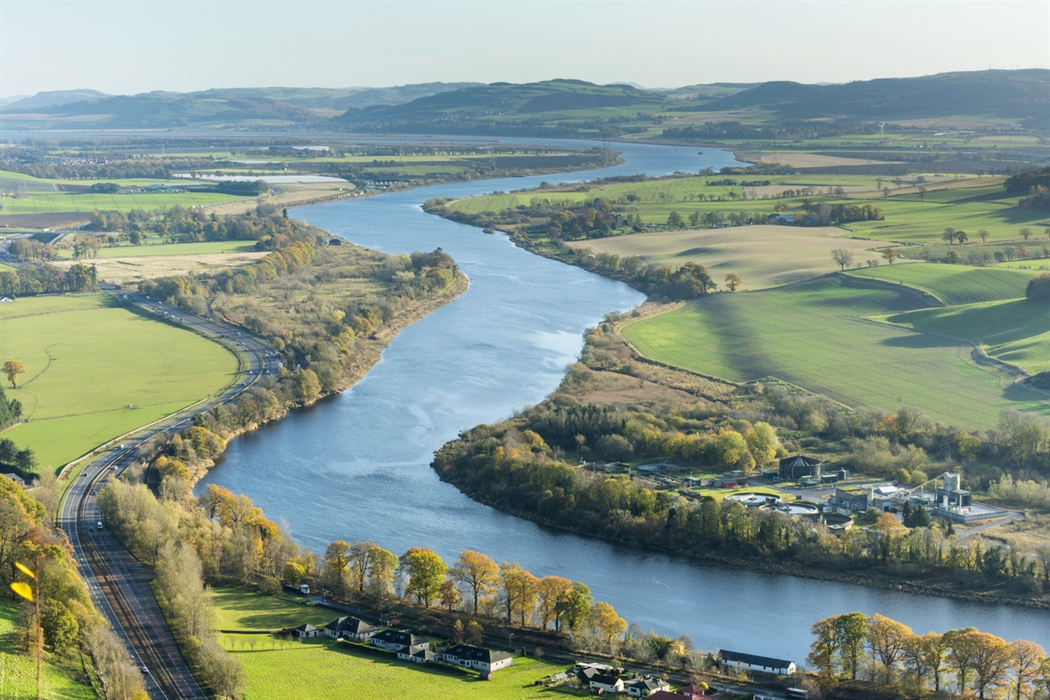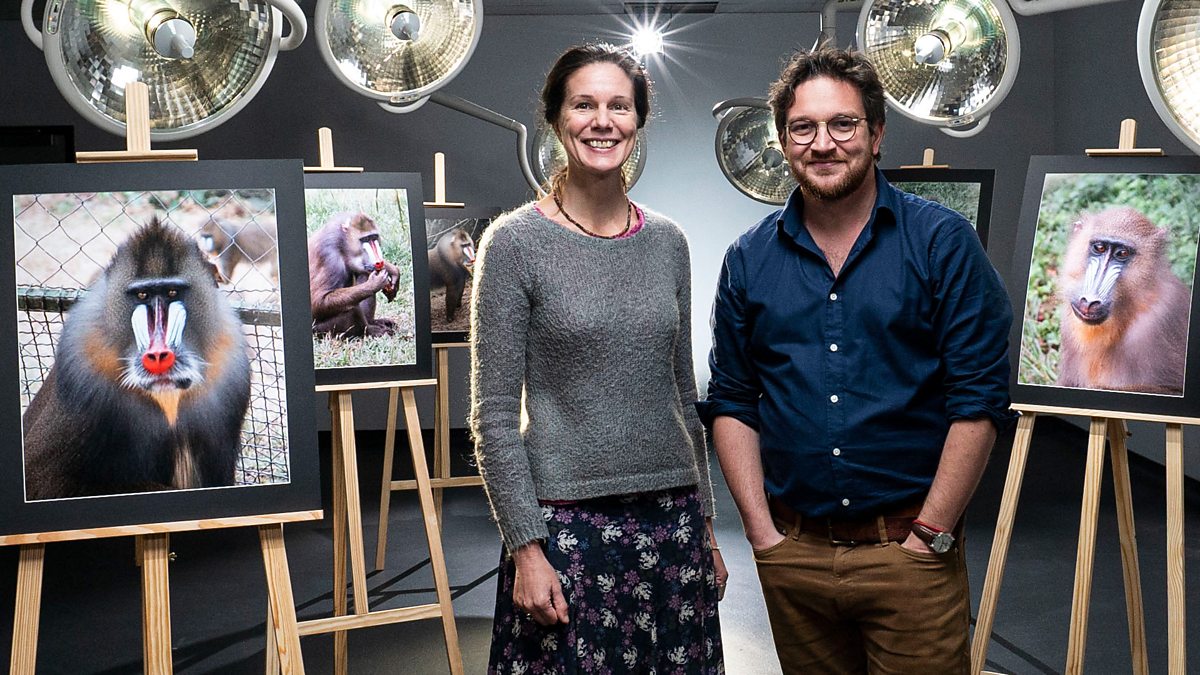Born from volcanic fire 25 million years ago, the Andes are the longest mountain chain on the planet. Pushed upwards by huge tectonic forces, they continue to rise, creating new landscapes and new habitats for a diverse variety of creatures. Explore the mountains’ extremes and celebrate the animals that call it home on a 4,000-mile journey along the western edge of South America, from icy Southern Patagonia to the oxygen-deprived Altiplano plateau to the northern tropical Andes.
